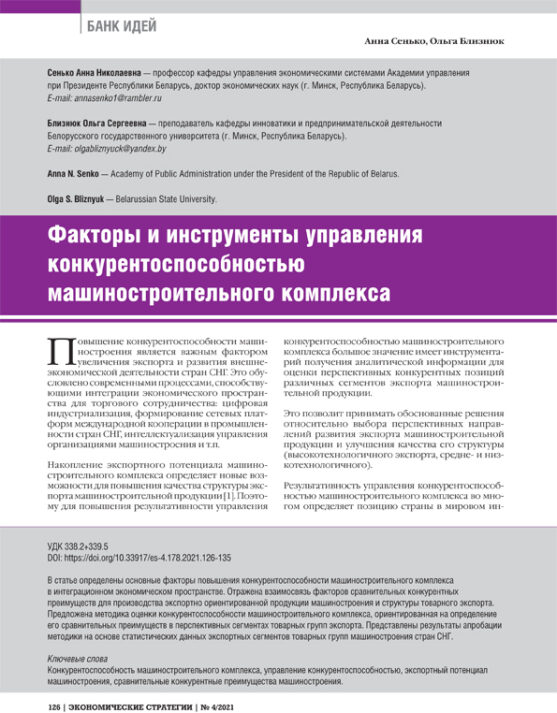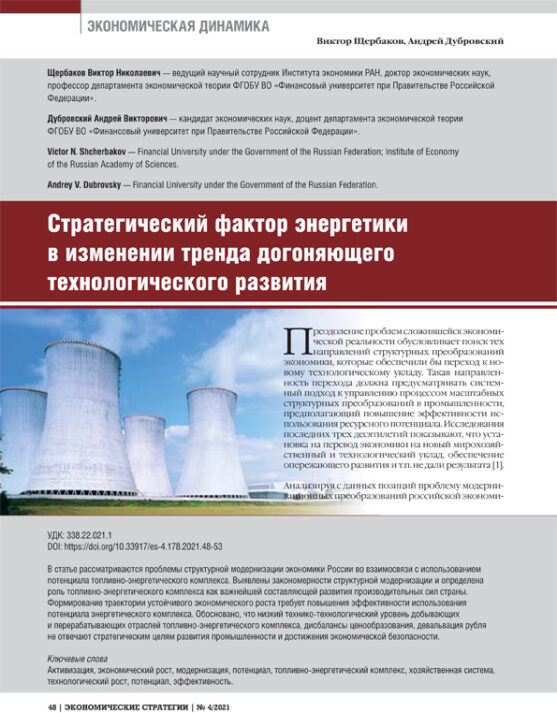Printing Outsourcing: Local Market with Global Dominance
DOI: https://doi.org/10.33917/es-4.178.2021.136-141
Using the example of print outsourcing, the article examines the problems of analyzing and forecasting markets that significantly depend on the global players’ behaviour. At the same time provisions of the economic domination theory allow, through highlighting the typical strategies of market participants, to identify a number of new trends emerging in the market and opening up for Russian companies. First of all, they have to do with such processes as transition to electronic document management, expansion of the sphere of product labeling and traceability systems. In addition, the 2020 crisis has resulted in creation of a new demand for organizing home workplaces, changing the requirements for IT systems architecture in large offices. Based on the case studies of the companies that are present on the market, the author draws up conclusions on notable changes in the role of large Russian companies in this market, including under the impact of transformations on the related markets












